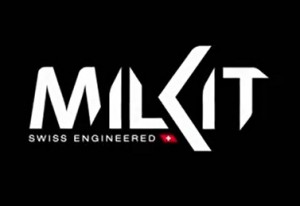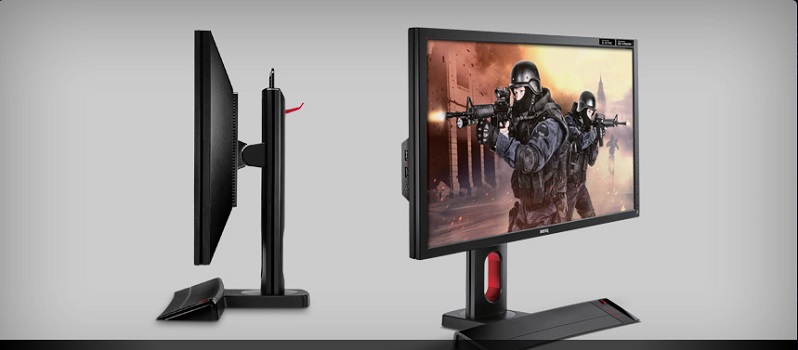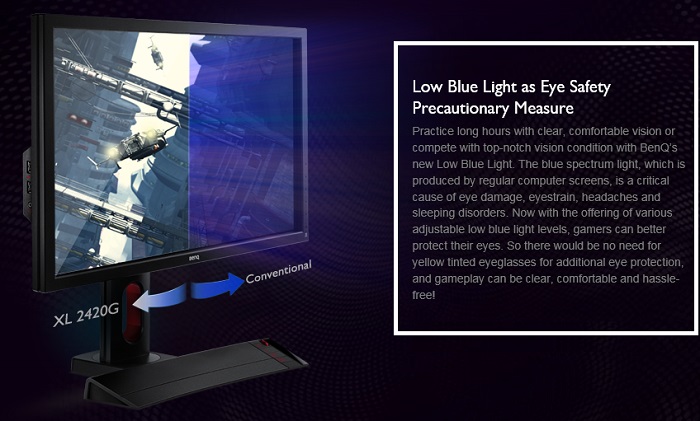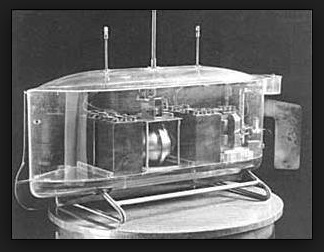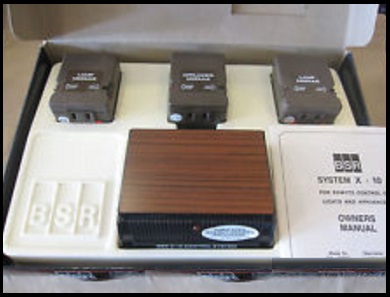Partnering with innovative businesses to attract talent and spur growth is making Brampton a powerhouse in the fast-growing health and life sciences sector.
Since 2005, the City of Brampton has seen a 50 per cent growth in health and life sciences and is now home to more than 250 companies in the sector.

“This is a priority growth area for Brampton. In order to bring the best businesses here, we’re committed to creating strong partnerships with innovative companies that will attract knowledge-based jobs to grow the city and the sector,” said Mayor Linda Jeffrey. “From our young, diverse, educated and highly skilled workforce to our ranking as one of the best places to do business, to the incredible lifestyle that employees can enjoy, Brampton is the best choice for innovative health and life sciences businesses looking to start up or re-locate.”
Leading health and life science companies have proven that Brampton is the best city to work with to grow their business, with the sector currently employing more than 11,700 highly skilled workers in the city. Brampton is a significant contributor in Ontario’s life sciences sector and is located within the province’s biotechnology cluster, currently the third largest in North America.
Innovative and successful health and life sciences companies and headquarters are quickly becoming the norm in Canada’s second-fastest growing city, such as:
- Brampton’s William Osler Health System is an emerging leader in health care research and development and plays a critical role in the education of hundreds of future health professionals each year. Its strong clinician-based, formalized research program focuses on improving patient care; shifting to preventative, proactive care; and treating diverse populations – the goal of its Global Health Program. Osler offers world-class technology and innovative, cutting-edge surgical techniques, including hybrid vascular and endovascular surgery – a minimally invasive way to treat diseases of the blood vessels while minimizing the overall risks to patients and reducing hospital stays. Osler inspires a culture of innovation through its annual national student app competition, fusing health care and technology by challenging students to design and develop mobile digital health care applications for the benefit of patients and their families.

- MDA Space Missions developed the NeuroArm, a cutting-edge device for neurosurgery. The result of close collaboration between MDA space robotic engineers (of CanadArm fame), the University of Calgary and Alberta Health Services physicians, nurses and scientists, the group is creating an image-guided robotic arm for microsurgery. Controlled by the surgeon, the device allows for more precise surgery with a near real time view of the area being worked on and the location of the surgical tools – truly changing the way that life-saving surgery will be performed in the future.
- Taro Pharmaceuticals Inc., a global leader in pharmaceutical manufacturing, refers to its Brampton operation as its worldwide centre of excellence for dermatology, liquid manufacturing and research. Ontario is helping Taro Pharmaceuticals Inc. invest in new manufacturing and R&D equipment to expand research and production at its Brampton facility, with a $7 million investment creating up to 140 new jobs and retaining 395 positions in the city.
- Dynacare Medical Laboratories’ main testing facility in Brampton is one of the largest, most state-of-the-art laboratories in North America. Dynacare is at the forefront of researching, developing and validating innovative new screening and diagnostic tests for introduction into the Canadian marketplace. Dynacare has been instrumental in the early delivery of new tests in the areas of allergy, cancer, cardiovascular disease, diabetes, osteoporosis, paternity, ulcers, and other problems of the stomach and intestines and more.

- ErinoakKids Centre for Treatment and Development has broken ground on a new 122,000 square foot treatment facility in Brampton for children with disabilities and special needs. The facility, set to open in 2017, will house Ontario’s largest respite centre for children who are medically fragile/technology dependent, have complex care requirements, behavioural challenges, or autism. The centre will offer a range of services from day to overnight stays and, for the first time, 24/7 service. Specially trained staff will care for the children and youth,providing programmed activities and interactions while offering a period of respite for their parents and caregivers.

“We are most fortunate to be part of, and to serve, the growing Brampton community,” said ErinoakKids President and CEO Bridget Fewtrell. “When we open our new facility in 2017, children and youth with disabilities and special needs in Brampton will have more access to better coordinated services to help them reach their true potential. We are truly excited to continue expanding service to this thriving city and its growing population.”
About Brampton: The ninth-largest city in Canada, Brampton celebrates a diverse population that represents people from 209 distinct ethnic backgrounds who speak 89 different languages. Brampton residents and visitors have access to state-of- the-art recreation facilities and one of the fastest-growing transit systems in Canada. Opened in 2007, Brampton Civic Hospital is part of the William Osler Health System, which is one of the largest community hospitals in Canada. For more information, visit www.brampton.ca or follow @CityBrampton on Twitter.



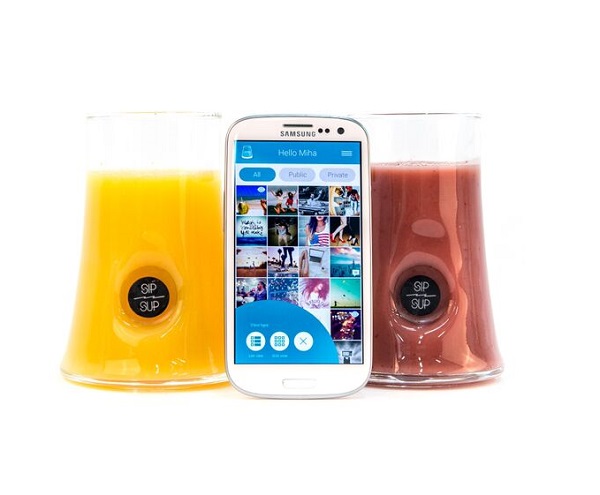 If that wasn’t enough, another feature called “post-it”, allows your guests to leave photos or videos on your glass and even write on a fun message. Hydration will never again be boring.
If that wasn’t enough, another feature called “post-it”, allows your guests to leave photos or videos on your glass and even write on a fun message. Hydration will never again be boring. 





